IMF suspends lending to Mozambique, and Moody’s downgrades its rating
This week, the International Monetary Fund (IMF) announced it has suspended lending to Mozambique after the country failed to disclose it received $1 billion in loans from other parties, such as Credit Suisse Group AG and VTB Group of Russia. Last October, the IMF approved a $283 million loan for Mozambique, and one of the conditions was the disclosure of all borrowings. In December, the IMF disbursed $117.9 million to Mozambique, but now will be suspending the remaining $165 million. With a widening fiscal deficit and a weakening currency, Mozambique currently depends on external donors to fund a quarter of its budget. Antoinette Sayeh, director of the Africa Department at the IMF, stated that in order to assess the next steps in the fund’s loaning relationship with Mozambique, they will have to hear from Mozambican officials about the nature and the use of the loans. Mozambique’s prime minister is currently visiting Washington, D.C., where he will meet IMF officials in order to discuss the status of IMF lending to Mozambique.
In addition, credit rating agency Moody’s downgraded Mozambique’s rating from B3 to Caa1. The rating agency states that the downgrade is driven by the recent handling of the EMATUM—Mozambique’s Tuna Company—bonds. In 2013, an $850 million bond was sold to investors under the pretense of buying a tuna fishing fleet. The funds were, however, redirected towards purchasing ships for the army. Last month, Mozambique proposed a restructuring of the debt, asking investors to exchange the EMATUM bonds, which would mature in 2020 for sovereign bonds due to mature in January 2023. While the sovereign bond has a higher interest rate—the investor would receive higher returns, albeit it will be over a longer period of time. Moody’s sees the debt exchange as equivalent to a default.
Ethiopia mourns murdered civilians after attack in the Gabella region
Last Friday, April 15, cattle raiders from South Sudan entered the Gambella region of Ethiopia, killing 208 people of the Nuer ethnic group and abducting over 100 children. Witnesses have stated that the attackers were well-organized, dressed in military or green uniforms, and armed with machine guns. They also took 2000 livestock. On Wednesday, Addis Ababa declared two days of national mourning for the victims.
The government has stated that the attackers, who raided 13 villages in the region, were Murle tribesman. According to Al-Jazeera, the Murle “often stage raids to steal cattle and abduct children but very rarely on such a large or deadly scale.” Indeed, witnesses have noted that this raid seemed greatly unusual, noting that the attacks didn’t stop once all the livestock were taken. However, the attackers are not believed to be involved in the South Sudan civil war, which began in 2013, though the war has significantly impacted its eastern neighbor. Ethiopia’s Gambella region itself hosts 284,000 South Sudanese refugees from the war.
On Thursday, the Ethiopian government, which quickly crossed South Sudan’s border with its permission and cooperation, announced that its troops have surrounded the area where it believes the abducted children are held. As of this writing, no further updates have been announced.
For more on security in Ethiopia and its ramifications for the region, you can attend the upcoming Brookings Africa Security Initiative event, The security situation in Ethiopia and how it relates to the broader region, on Monday, April 25 at 10am.
On Earth Day, Africa takes additional climate mitigation and adaptation measures
In recognition of International Mother Earth Day, more than 150 countries met today, April 22, at the United Nations to sign into effect the landmark Paris climate agreement, which aims to limit the rise in global average temperatures to within 2 degrees Celsius (3.6 degrees Fahrenheit) of pre-industrial levels. As 2015 marked the world’s hottest year in recorded history—and Africa specifically experienced extreme drought across parts of the continent due to an intense El Niño phenomenon—many African countries are among the signatories who agree that reducing greenhouse gas emissions and adopting clean energy technologies is a priority for the continent.
Efforts to cut carbon emissions and promote clean energy projects are already under way across the continent. For example, the New Development Bank—formerly known as the BRICS (Brazil, Russia, India, China, and South Africa) Development Bank due to its membership—announced this week that it will provide $811 million in a first round of loans for clean energy projects, including $180 million to South Africa’s public power firm Eskom to link renewable energy sources to the national power grid. Other multilateral lenders, including the African Development Bank and World Bank have also recently provided funds to assist in a shift toward renewable energy in several African countries and to bolster climate resilience among the coastal regions of West Africa.
For more analysis on Africa’s plans to mitigate and adapt to climate change, please see Amadou Sy’s brief: Africa: Financing Adaptation and Mitigation in the World’s Most Vulnerable Region.
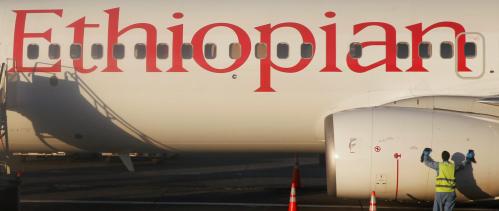
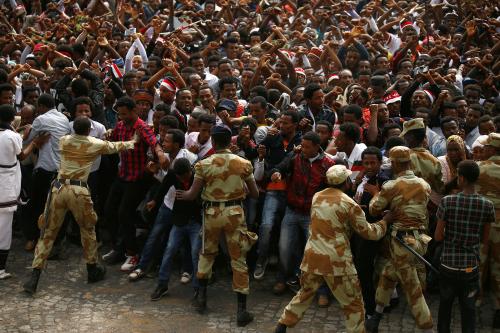

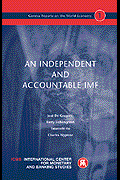



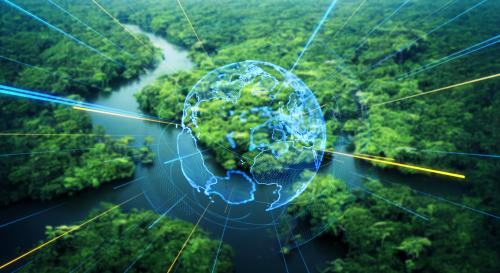
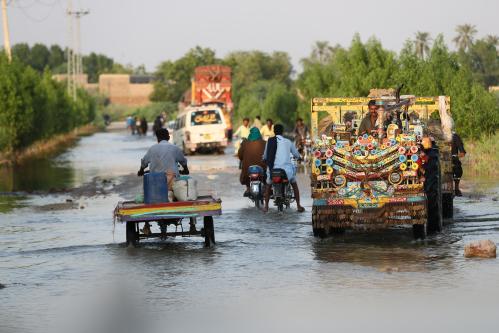
Commentary
Africa in the news: IMF suspends lending to Mozambique, Ethiopia mourns, and Earth Day highlights Africa’s environmental progress
April 22, 2016